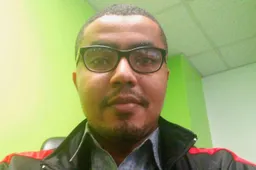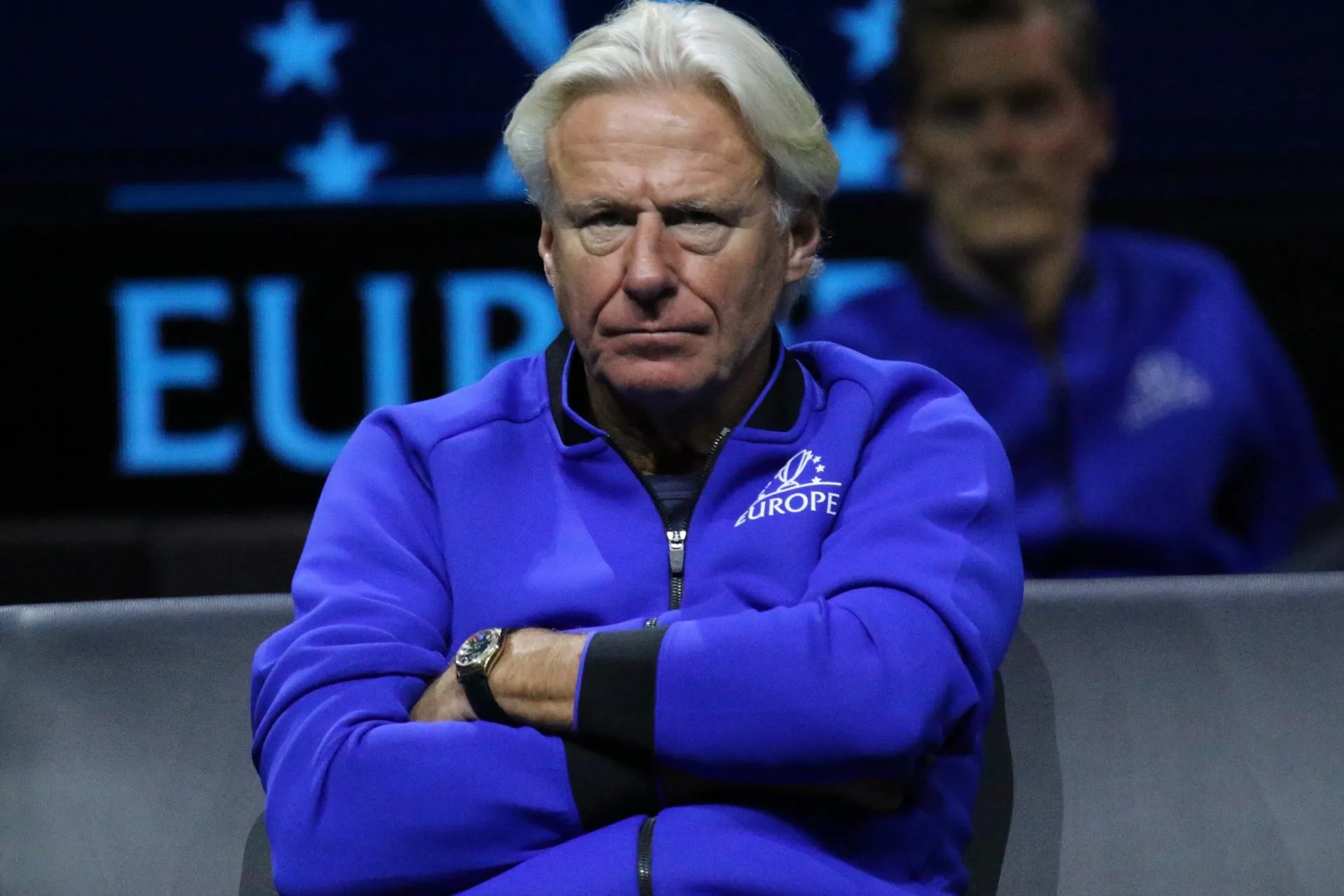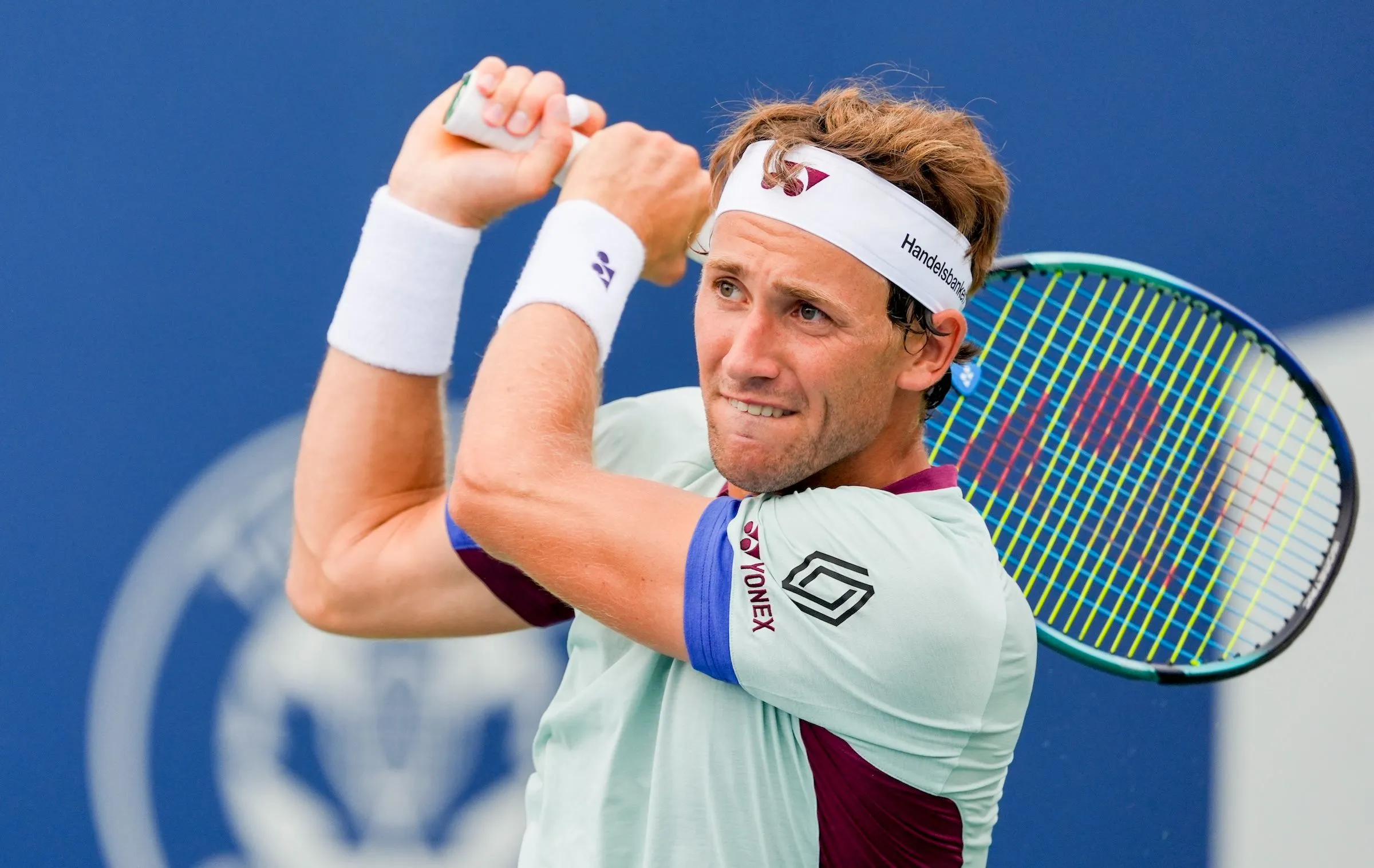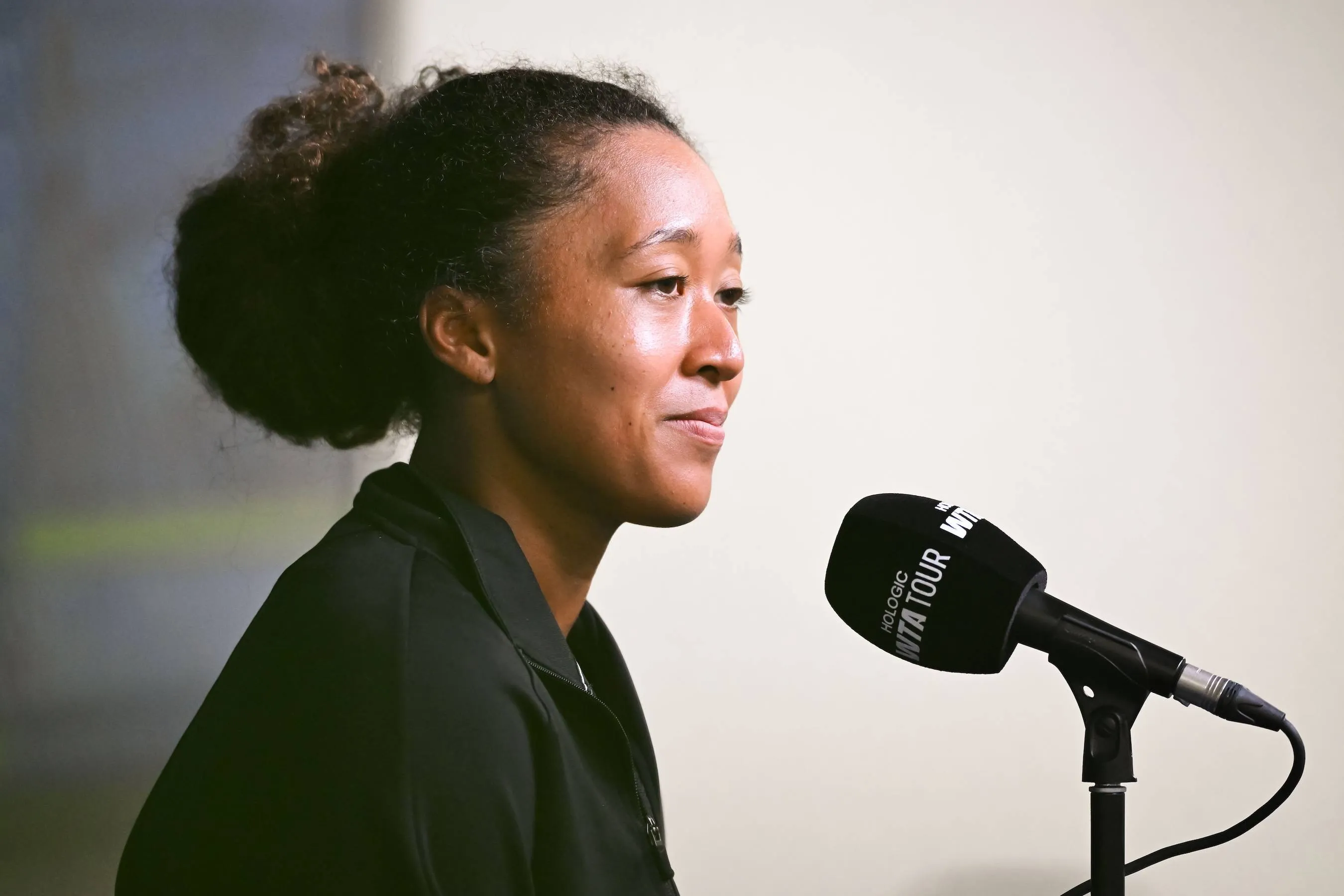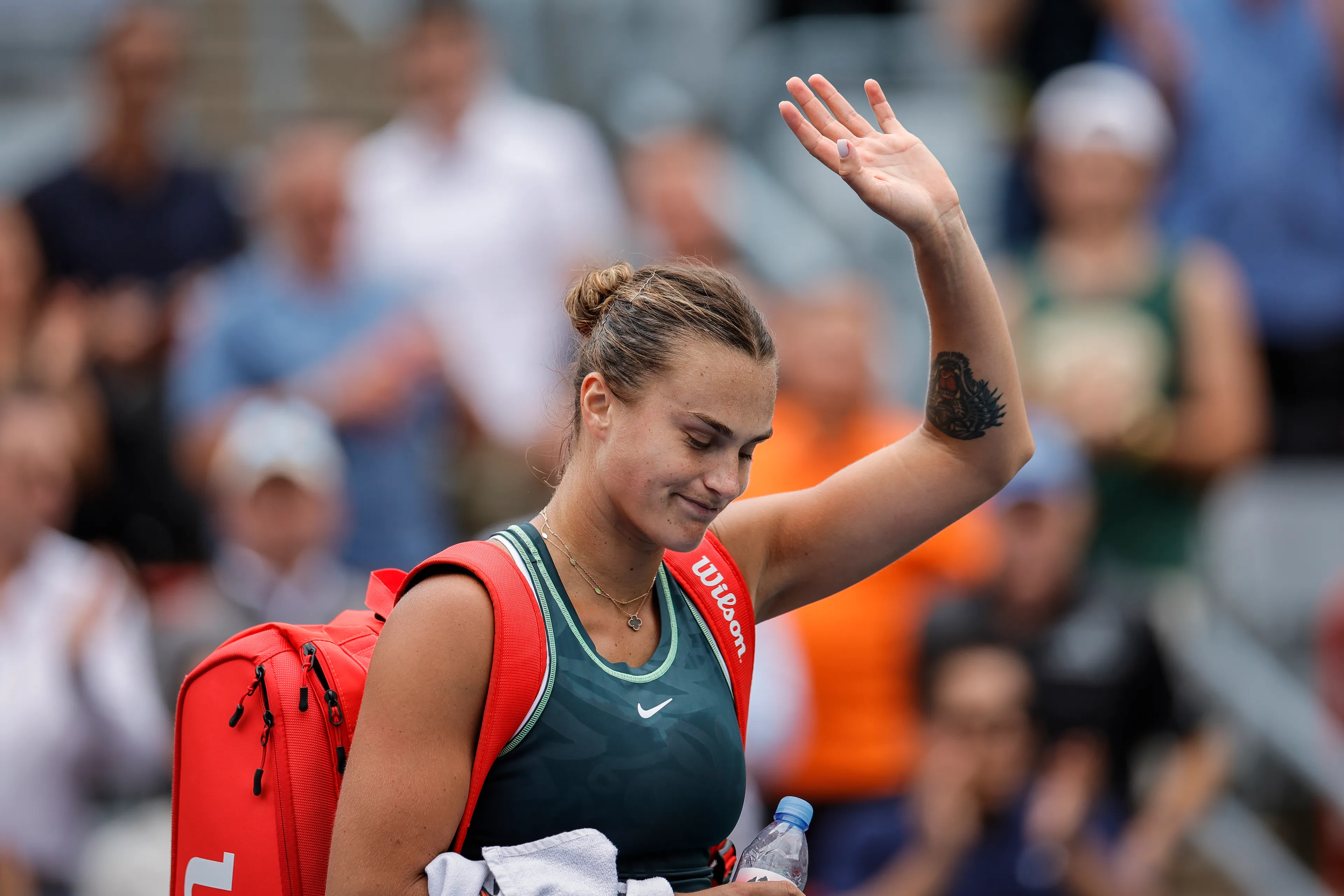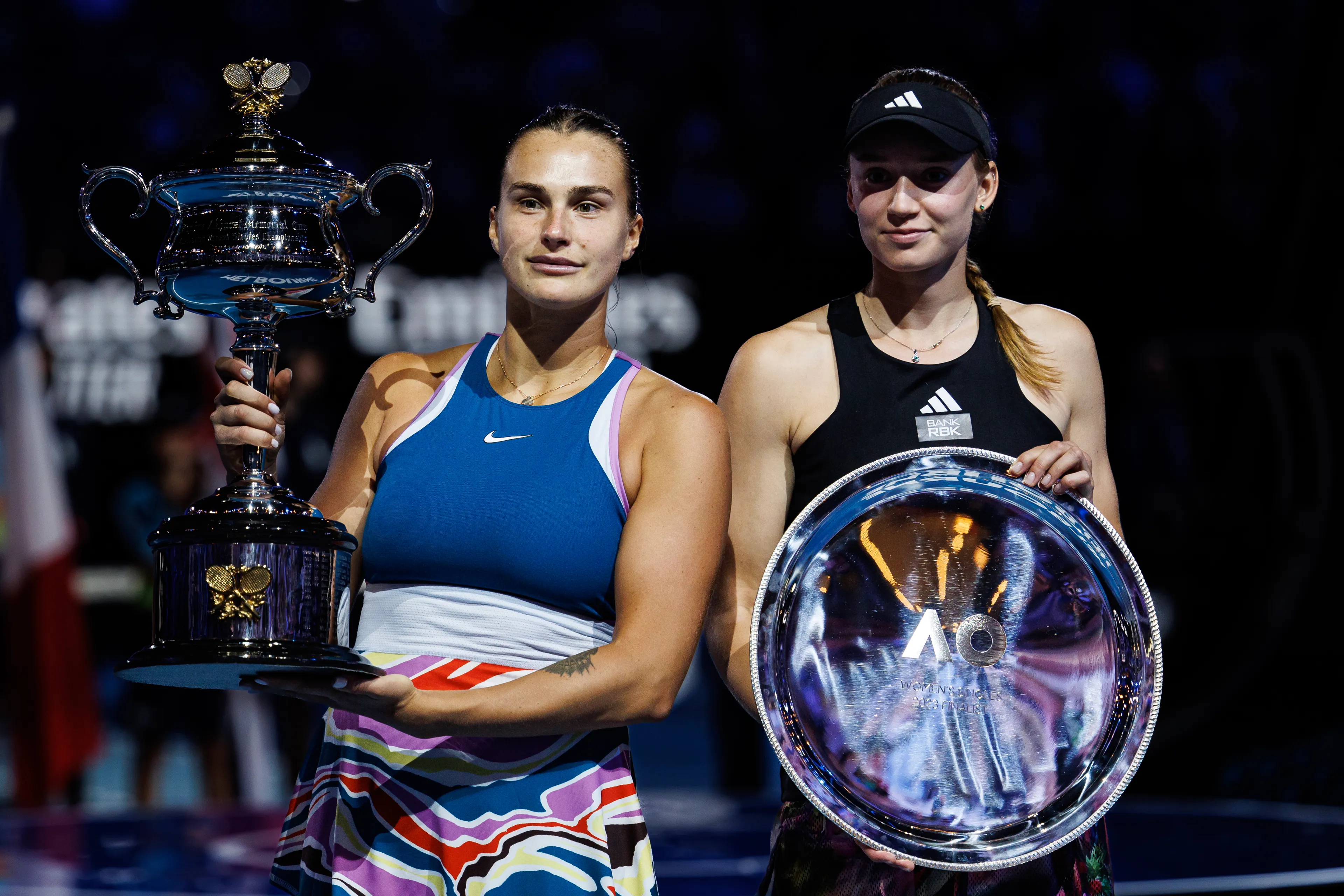2024 US Open To Use Video Review Technology To Settle Disputed Calls
ATPMonday, 12 August 2024 at 10:00

The US Open will bring back Video Review (VR) technology to assist tennis officials clear the air on challenged calls by players at this year's tournament.
In 2023, the US Open became the first Grand Slam tournament to deploy Video Review technology, which was meant to provide evidence of whether an original call was to be overturned or stand.
In its piloting stage, the United States Tennis Association (USTA) confirmed that five courts would be given access to VR technology. But the system malfunctioned on its first attempt when it was supposed to provide a conclusive call on a double bounce.
Three-time Grand Slam champion Andy Murray, who was involved in the match during that contentious call, prompted the pioneers to "get it fixed." And it looks like the organizers have skimmed all the pain points to improve the system for the 2024 edition of the tournament.
According to a prominent source, the VR technology will be used for all main draw matches at the 2024 US Open on the three biggest courts: Arthur Ashe, Louis Armstrong, and Grandstand. Additionally, Stadium 17 and Courts 5, 7, 11, and 12 will also be granted access.
The Video Review system is normally operated by a VR official and operator off-court, who transmits the video of a challenged call to the chair umpire who is officiating a match on his or her tablet.
Chair umpires will review the evidence presented to their small screen and assess whether to overturn a call or not. In the event there is not sufficient evidence from the footage to change the call, then the initial decision will stand.
Players are allowed a maximum of three video reviews per set (one more in each tiebreak). But which calls will the VR technology be used to settle and help chair umpires make sound and better decisions?
Calls That Video Review Will Help To Settle
The VR technology will help review foul shots, doubles bounces, touch, hindrance, or a ball hitting a permanent fixture (anything around the court that is not part of the playing surface). This system should not be confused with Hawk-Eye technology, which is automated to rule whether balls touch the line or not.
In fact, VR technology is meant to complement the electronic line calling system in case it malfunctions. Moreover, this technology will also be used to correct scoring errors.
What Video Review Will Not Do
As is the case with many systems, VR technology has a limited scope and cannot be used to officiate an entire match. It cannot be used to contest time violations, foot faults, or line calls from the Hawk-Eye system (only if it stops working).
Additionally, the only time it can intervene in a code violation is when it would result in a default; the umpire and supervisor are at liberty to review the footage.
This should provide a great relief to the players as certain calls in tennis matches can be extremely impactful on the outcome. WTA star Coco Gauff has previously stated that it is high time that the sport embraces technology.
Read also
Loading
